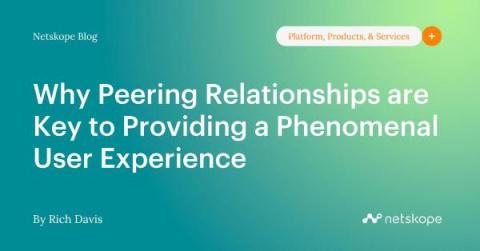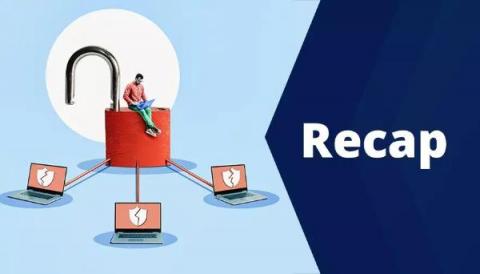Why Peering Relationships are Key to Providing a Phenomenal User Experience
One of the many benefits of running your own private cloud infrastructure are the performance improvements when you’re in control of your own connectivity, shortening the path and reducing latency for both users connecting to your private cloud and first mile connectivity to applications and services.








